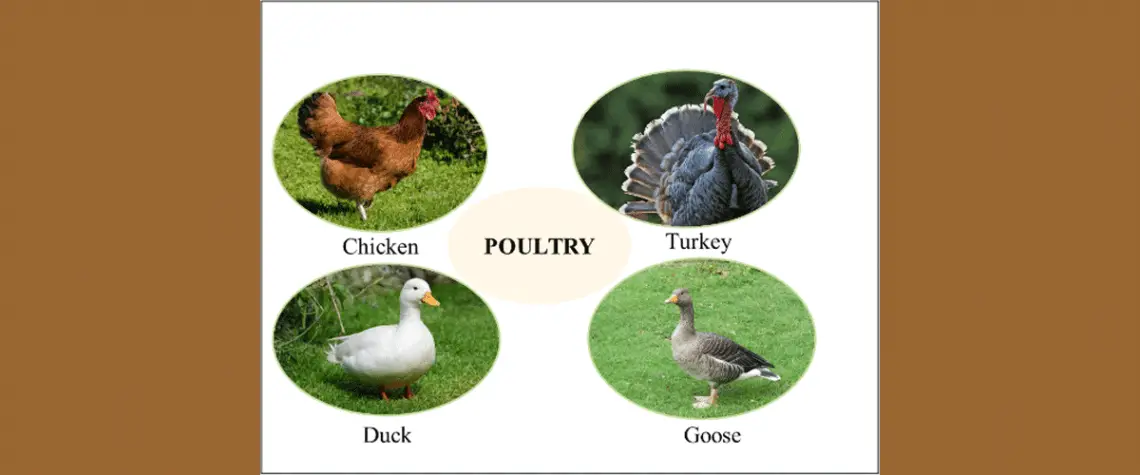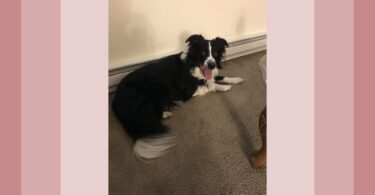Excerpted from: The Poultry Doctor: Including the Homeopathic Treatment and Care of Chickens – Boericke and Tafel – 1891
Moulting
Properly speaking, this is not a disease but a normal process through which the fowls pass without difficulty. Should it happen that the process is slow and the fowl seems in a generally dry, arrested condition, give it Calcarea carb. If there is a raw corroding fluid among the feathers, give Natrum muriaticum. If fever, Aconite. Oily foods, such as sunflower-seeds, linseed meal, etc. are beneficial during moulting.
Diseases of the Eye
The cause of sore eyes in hens is uncertain. Some breeders attribute it to the weather and others to overheating, dust and sundry other causes. Perhaps all have something to do with it. The eyes are watery, ulcerated, with discharge of offensive-looking liquid, and in time pus sores are formed. The sick fowls are also very apt to fail rapidly away. If there is reason to suppose the complaint is caused by the weather, which is more frequently the case, give Aconite in the beginning; but for bad cases or those well advanced, Euphrasia or Sulphur are better, the latter if there is pus formation. Apis is indicated when the eyes are inflamed, sore and swollen, but not complicated with colds or other ailment.
Distemper
“Hen distemper” is a plague occurring in hot, dry weather. The hens lose their bright, cheery look, have a puffed face of deep scarlet color; crouch about in corners and die one after the other. The disease is contagious, and if not too much spread through the flock, the sick ones should be isolated. Examination reveals the fact that the skin around the anus is inflamed and red, with black spots occurring. The best remedy is Nux vomica, which has proved successful. Students of poultry books will no doubt experience some confusion on reading the foregoing, for some of their books connect hen distemper and cholera, while others associate it with roup. Which are we to believe they may ask. The reply is, ignore the name and attend to the symptoms. If the foregoing symptoms are met, administer Nux vomica.
White Dysentery
Among geese there is a disease known sometimes as “white dysentery.” The geese lose appetite, become weak and breathe hurriedly; the evacuations are very soft and of a chalky color, and finally liquid. The body or flesh assumes a bluish color and the bird then dies. The disease runs its course in three or four days. Bad food, filth, browsing in bogs and swamps, are the general causes. With geese so afflicted it is best to cage them up in a dry place on clean straw (keep it clean) and feed good food. The first day give them Aconite, two or three dozen pellets in the drinking water. The next day give Arsenicum (wash the drinking vessel thoroughly on changing medicines, or get a new one). Mercurius viv. and Chamomilla are also useful.
Bloody Flux
There is also a species of bloody flux or inflammation of the bowels, which attacks turkeys and hens when closely confined, fed on bad food and given foul drinking water. The abdominal walls get thin and transparent, and there is a sinking in the region of the anus, and a bloody mucus-like diarrhoea accompanied with rapid emaciation. Mercurius Cor. in clean, pure water is the best remedy. Ipecac, also, is useful.
Liver Complaint
It is rather difficult to detect this complaint until the fowl is killed, when the liver will be observed to have an unnatural color and a certain rotten or cheesy look. When alive, the fowl has, if it may be so expressed, a jaundiced and bilious look, with alternate attacks of diarrhoea and costiveness. Podophyllum will cure the trouble.
Marasmus
Marasmus, or “consumption,” as it is sometimes called, though neither designation seems to be quite correct, is that disease in which the glands, secreting an oily fluid among the tail feathers, becomes stopped. When this occurs the fowls cease scratching, sit about morose, biting often at the root of the tail feathers, become constipated, grow lean and die. The homoeopathic remedy for the complaint is Hepar sulph. Isolate the fowl, if possible, and put a dozen pellets of the remedy in her water cup.




